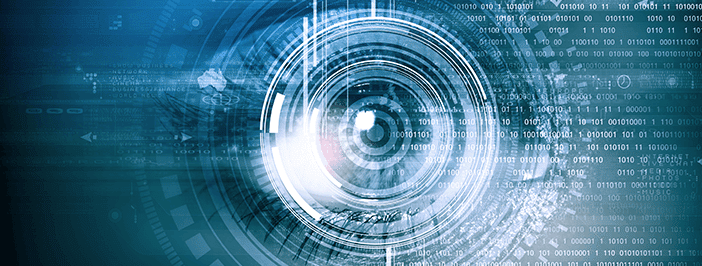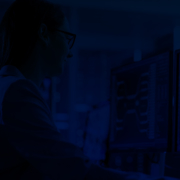5 reasons why your business needs cybersecurity monitoring
Cybersecurity is becoming increasingly vital and challenging due to the ever-expanding attack surface. In a recent survey, 73% of IT decision-makers said they were concerned about their digital attack surface, while 31% were “very concerned.” Some urged that the current attack surface is messy, constantly evolving, and out of control.
Gaining insight into attack surfaces is proving difficult too. Sixty-two percent of the respondents admitted to having security blind spots in various IT infrastructures, including networks, endpoints, and cloud systems.
Lacking visibility into cybersecurity is damning, given the rising cases of destructive threats such as ransomware, phishing, and software vulnerability exploits. Defending against the current breed of cyber threats calls for active cybersecurity monitoring — it’s the only way to mitigate the security visibility problem amid the daunting threat landscape.
What is cybersecurity monitoring, and why is it important?
Cybersecurity monitoring, also known as threat or systems monitoring, means continuously observing IT systems to detect potential vulnerabilities and threats as they arise quickly. It’s a proactive risk management practice that enables organizations to identify and address threats before they take hold or cause severe damage. It also provides unlimited visibility into the IT security posture.
Here are the top five reasons why systems monitoring is a crucial part of any cybersecurity framework:
Reduces chances of breaches
The main security goal of 24/7 IT monitoring is to catch and neutralize threats before they become security incidents. Most attacks, such as data breaches and intrusions, do not happen instantaneously. Some start with subtle malware injections or elaborate scams and can incubate for several days or weeks in the host system, waiting for the opportune moment to strike.
By closely monitoring your networks, endpoints, servers, and cloud systems, you can pick up the earliest signs of an imminent attack and stop it in its tracks. Doing so will significantly reduce the risk of successful breaches.
Increases response time to potential attacks
The faster you can detect a threat, the quicker you can act on it. Fast response is critical in mitigating threats. IT monitoring buys you precious time to rally your defenses by helping detect potentially damaging threats in their infancy. Even an early warning system that gives only a few seconds head start can make all the difference between stopping a threat and suffering a full-blown attack.
Keep in mind that if an attack escalates beyond a certain critical point, it becomes virtually unstoppable. So, every second counts in threat response and damage control.
Reveals security vulnerabilities
The National Institute of Standards and Technology (NIST) logged 18,378 software vulnerabilities in 2021 alone. This was the fifth record year in a row for common vulnerabilities and exposures CVEs. Such vulnerabilities are gateways for devastating zero-day exploits. Continuously analyzing the security status of your software assets can help detect and source any missing security patches and updates.
Helps with compliance management
Cybersecurity monitoring generates detailed network, user, and data security reports you can use as proof of security standards for compliance purposes. Vigilance is also a key component of compliance monitoring, and some security standards require real-time cybersecurity visibility.
Detects unusual behavior
The entire premise of cybersecurity monitoring is based on looking for clues that might indicate a potential threat or vulnerability, including unusual user behavior. Employees and other legit system users have a predictable pattern that can be measured and standardized at the individual level. Sophisticated AI systems can model each user’s behavior and flag activities that deviate from that model.
This aspect of cybersecurity monitoring is advantageous now that most employees work in flexible environments that allow for remote work. However, remote work limits your endpoints’ security control and visibility since workers use their own devices outside the secure corporate network. In this case, analyzing user behavior is the only practical way to catch malicious intruders masquerading as company employees.
Get ahead of threat actors with GB Tech’s security information and event management (SIEM) solution. Our IT monitoring technology combines security information management (SIM) and security event management (SEM) to keep a watchful eye over your IT infrastructure, protecting your business in real-time and giving you peace of mind.
Contact us to get started on cybersecurity monitoring.























